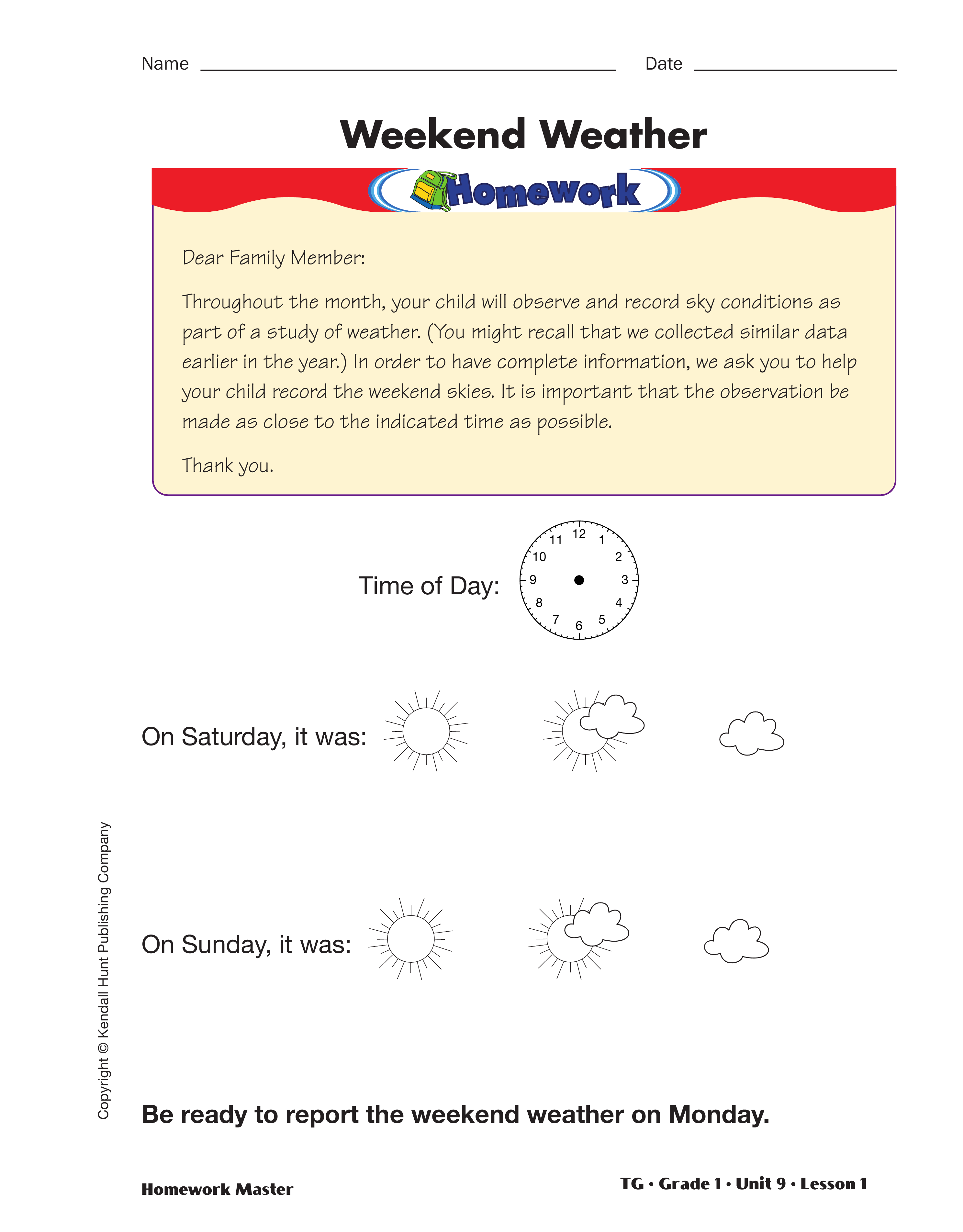Weather 2: Winter Skies
Est. Class Sessions: 1Before the Lesson
We recommend scheduling these labs in October and February. The directions focus on these months. However, if this is not possible, try to provide a gap of three months between the first and second lab. This investigation should start on the first school day of the month and continue through the last day of the month. Each day, students will observe and record their data for the variable type of sky—sunny, partly cloudy, or cloudy—on the Weather Calendar page. Type of sky is the same variable students studied in the Weather 1: Eye on the Sky lab during October. Students will keep the variables time of day and location the same as they were in Weather 1: Eye on the Sky. At the end of the month, students will compare the graphs for the two months. Although there are 31 days in October and 28 or 29 days in February, a difference of two or three days should not significantly affect the shape of the graph. During the discussion of the graphs, students evaluate a sample's reliability for making predictions.














